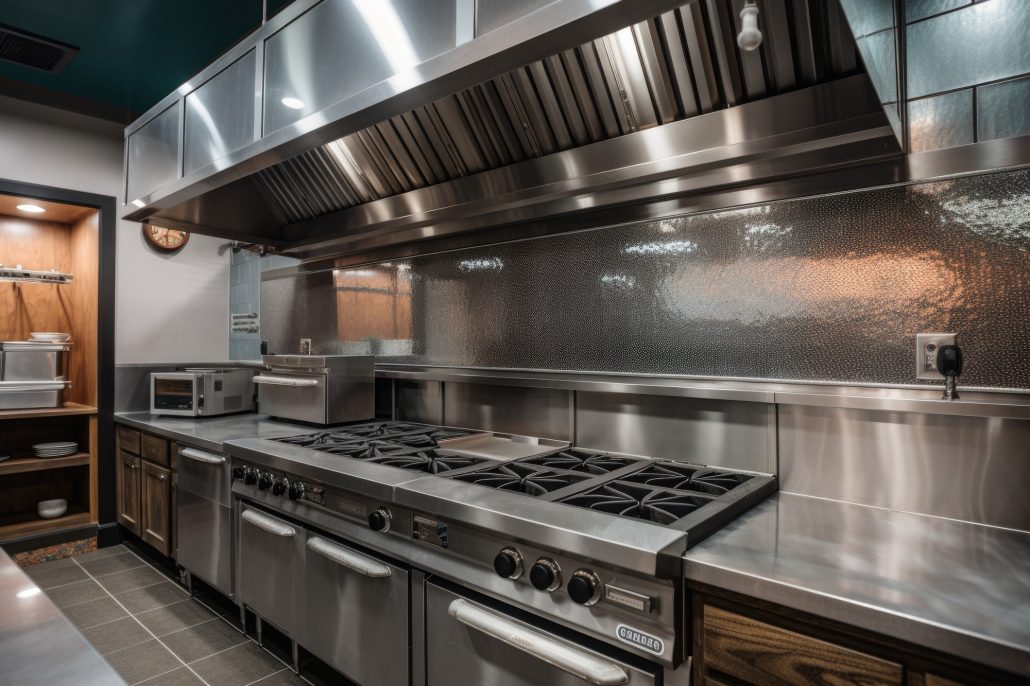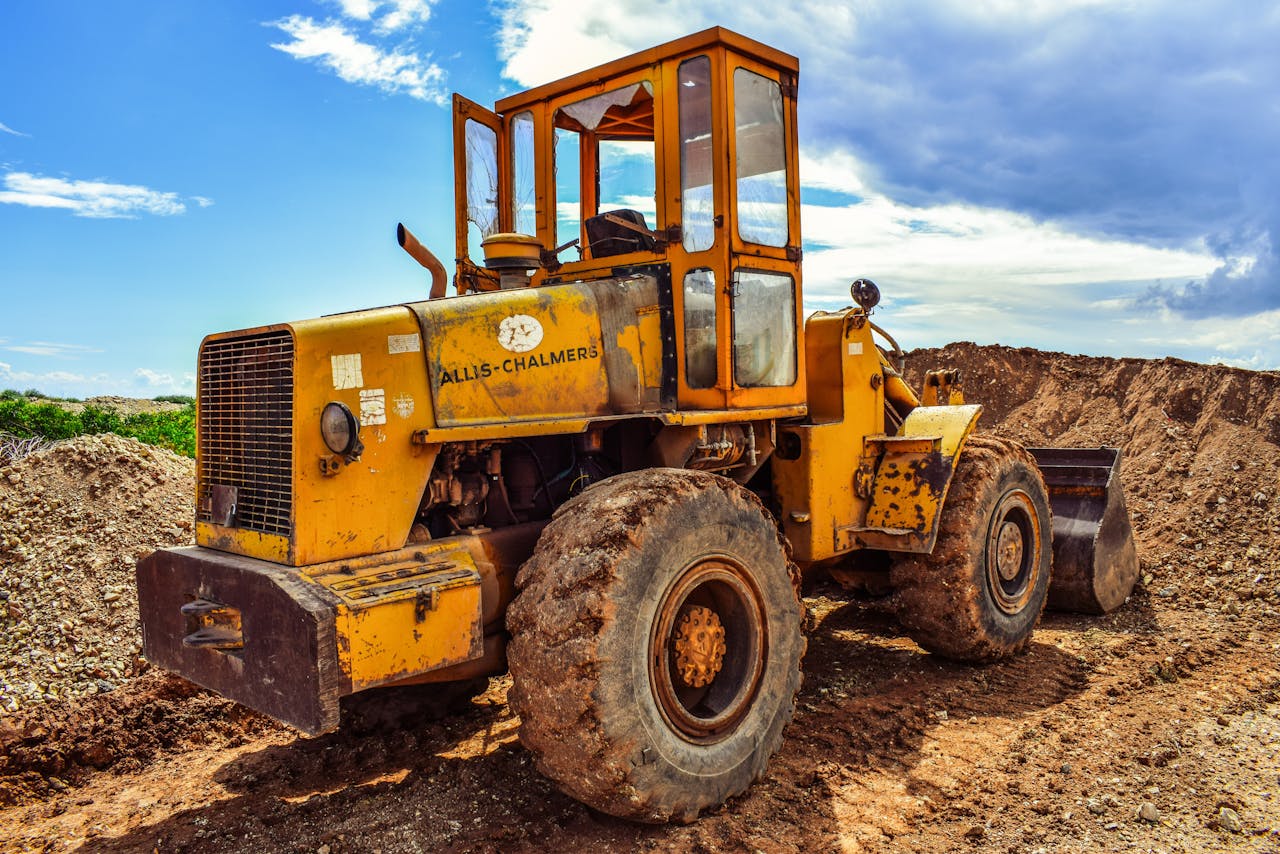8 Tips to Maximize Your Tanning Salon’s Profit Margins
In the competitive world of beauty and wellness, running a successful tanning salon takes more than just resilience; it demands smart strategy. While many salon owners focus on attracting more customers for growth, the real key to boosting profits lies elsewhere. It’s about running your salon smoothly, setting the right prices, and giving customers such great experiences that they keep coming back and telling others about you. This full-circle approach touches on every part of the business, from how you manage daily operations to how you price your services and how well you treat your clients.
Here’s a practical guide offering eight proven tips to help your tanning salon flourish financially.
1. Optimize Pricing Strategies
Analyzing and optimizing your pricing strategy is crucial. Start by thoroughly assessing your current prices in comparison to nearby competitors. It’s essential not just to match but to strategically position your pricing to reflect the value of your services.
Consider adopting a tiered pricing model, which caters to different customer segments and encourages upgrades. Memberships and packages can significantly increase customer retention by offering value that goes beyond single services, making clients more inclined to return. Regularly review and adjust your prices based on costs, market demand, and perceived value to ensure your salon remains competitive and profitable.
2. Implement Efficient Booking Systems
The backbone of a successful tanning salon lies in its ability to manage appointments efficiently. A tanning salon booking software can revolutionize how you schedule appointments, track client preferences, and manage peak hours.
By automating the booking process, you significantly reduce the risk of human error, missed appointments, and the overhead associated with managing bookings manually. This frees up your staff to focus on providing exceptional service and enhances the customer experience with convenient, 24/7 online booking options. The direct impact on your salon’s profit margins comes from minimizing downtime, optimizing staff allocation, and providing a seamless booking experience that keeps clients coming back.
3. Focus on Upselling and Cross-Selling
Mastering the art of upselling and cross-selling can transform your salon’s revenue potential. Training your team to recognize opportunities to suggest higher-value services or complementary products during client interactions is key. For example, if a client books a standard tanning session, your staff should feel comfortable suggesting a premium package that offers a longer-lasting tan or includes a skin conditioning treatment. Similarly, recommending aftercare products enhances the customer’s experience and increases your average transaction size.
Make sure your staff understands the benefits and features of what they’re selling to provide genuine, helpful suggestions that customers appreciate.
4. Reduce Operating Costs
Every dollar saved in operating costs directly enhances your bottom line. Start by conducting a thorough audit of your expenses to identify where you can cut costs without compromising the quality of your services.
Negotiating with suppliers for better rates on tanning solutions, lotions, and equipment can significantly reduce your cost of goods sold. Additionally, investing in energy-efficient lighting and tanning equipment can lower utility bills. Implementing automated systems reduces labor costs and minimizes errors and inefficiencies. For instance, a digital inventory management system can help prevent overstocking or stockouts, ensuring you invest only in what you need.
5. Expanding Service Offerings
Diversifying your salon’s services can significantly attract a wider clientele, introducing them to a broad spectrum of beauty and wellness treatments that complement traditional tanning services. This strategy broadens your market appeal and increases the potential for additional revenue.
For instance, incorporating cutting-edge tanning technologies, wellness treatments like body wraps, or beauty services such as eyelash extensions can transform your salon into a comprehensive beauty destination. This holistic approach encourages clients to spend more during each visit and increases the frequency of visits as they begin to rely on your salon for a range of beauty and wellness needs.
6. Leverage Social Media Marketing
In today’s digital age, social media is a crucial tool for connecting with potential and existing customers. Platforms like Instagram and Facebook are perfect for showcasing the quality and diversity of your services through eye-catching visuals and engaging content. Regular posts featuring promotions, new services, or behind-the-scenes glimpses into your salon can create a buzz, enhancing your salon’s visibility.
Moreover, social media ads targeted at your local area can be cost-effective ways to reach potential customers. Engaging with your audience online, responding to comments, and sharing customer testimonials can also build trust and encourage bookings.
7. Foster Customer Loyalty
A strong loyalty program can turn occasional visitors into repeat customers. Offering rewards for repeat visits, such as discounts, exclusive offers, or complimentary products, can significantly enhance customer retention. These programs not only incentivize customers to return but also spread the word about your salon to friends and family, effectively driving new business through referrals.
Personalized offers, such as birthday discounts or rewards for referring new clients, can make customers feel valued and more likely to remain loyal to your salon over competitors.
8. Invest in Staff Training and Development
The quality of service provided by your staff directly impacts customer satisfaction and retention rates. Investing in regular training for your team ensures they are up-to-date with the latest tanning technologies, health and safety standards, and customer service practices.
Well-trained employees are more confident in their roles, leading to better customer interactions and enhanced service quality. This not only improves the overall customer experience but also builds a professional and knowledgeable brand image that can attract new clients.
Conclusion
Maximizing profit margins in a tanning salon involves much more than providing high-quality tanning services. It requires a strategic approach to financial management, operational efficiency, and customer service. By diversifying service offerings, leveraging social media marketing, fostering customer loyalty, and investing in staff training, salon owners can create a sustainable business model that not only attracts new customers but also retains them.
Success in this competitive industry demands continuous evaluation and adaptation to meet changing customer needs and market trends. Implementing these strategies can help ensure the long-term profitability and growth of your tanning salon, making it a standout choice in the beauty and wellness market.





